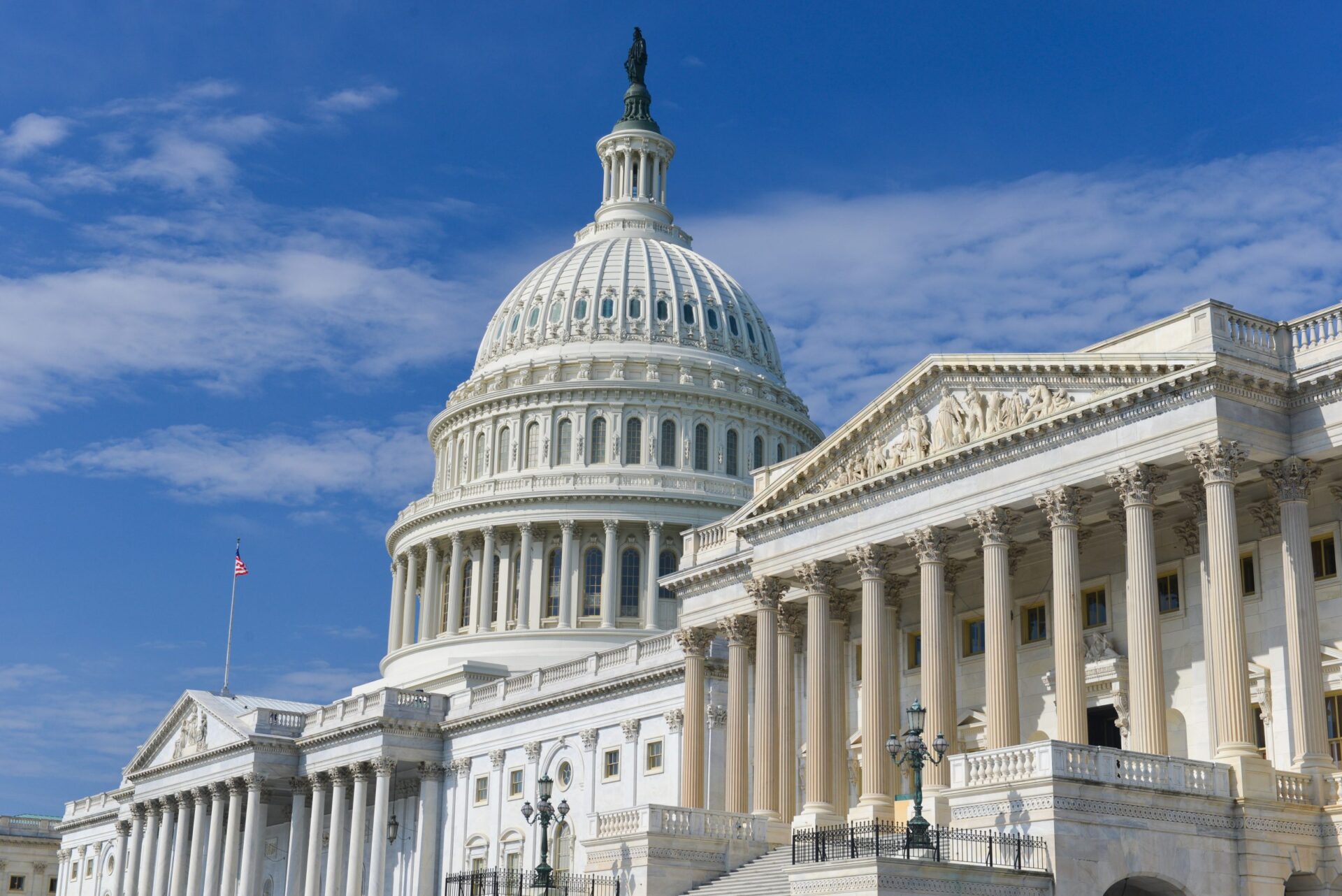Economists and housing industry experts are keeping a close eye on Washington D.C.’s debate over raising the debt ceiling and what it might mean for interest rates.
Congressional Democrats are heading into what even Speaker Nancy Pelosi acknowledges is a turbulent week or two, in which her party will attempt to use its narrow majorities to pass two massive spending bills. At the same time, Washington’s about to hit the limit of debt it can issue to keep paying its bills.
Treasury Secretary Janet Yellen says the nation will run up against the debt ceiling sometime in October.
Democrats are demanding the GOP follow the tradition of previous debt-ceiling votes and support an increase. Republicans, angry over the Democrats’ decision to push through a $3.5 trillion social spending bill using purely partisan reconciliation, say if Democrats can spend the money on a partisan basis, they can borrow it, too.
So what happens if the debt limit isn’t lifted? Will homebuyers feel the impact?
“Treasury yields, mortgage rates, and other consumer and corporate borrowing rates spike, at least until the debt limit is resolved and Treasury payments resume,” Moody’s Analytics wrote in a report released last week.
Home-loan rates would “never fall back to where they were previously,” Moody’s chief economist Mark Zandi added. “Since U.S. Treasury securities no longer would be risk-free, future generations of Americans would pay a steep economic price.”
A bipartisan group of former U.S. Treasury secretaries wrote a letter to Congress warned of adverse consequences if the ceiling isn’t raised.
“Even a short-lived default could threaten economic growth,” the letter to House Speaker Nancy Pelosi reads. “It creates the risk of roiling markets, and of sapping economic confidence, and it would prevent Americans from receiving vital services. It would be very damaging to undermine trust in the full faith and credit of the United States, and this damage would be hard to repair.”
BlackRock Investment Institute’s Jean Boivin has a different view:
“Today’s macro environment is very different from previous debt ceiling episodes over the past decade,” he wrote. “An economic restart is underway in the U.S., and inflation pressure has increased amid pandemic-related supply disruptions.” “This is in contrast with the debt ceiling showdown in 2011 that triggered a downgrade in the United States’ AAA sovereign credit rating by S&P just as the euro area debt crisis and worries about slower growth kept investors on their toes,” Boivin said. “It also differs from 2018, when worries about U.S.-China trade tensions and their impact on the economy were flaring up.”
The fear is that demand for U.S. Treasury bonds could sink if they are no longer considered a reliable, safe-haven investment. Bondholders would demand dramatically higher interest rates to compensate for the increased risk.
That, in turn, would send other borrowing costs higher, including mortgage rates. However, some economists note that a debt-ceiling showdown might have more impact on the stock market as investors flee, fearing volatility. As a result, more money might pour into the bond market.
The best news for mortgage brokers at the moment is that the housing market remains strong — perhaps strong enough to ride out whatever impacts D.C. politics have on interest rates and the economy.
